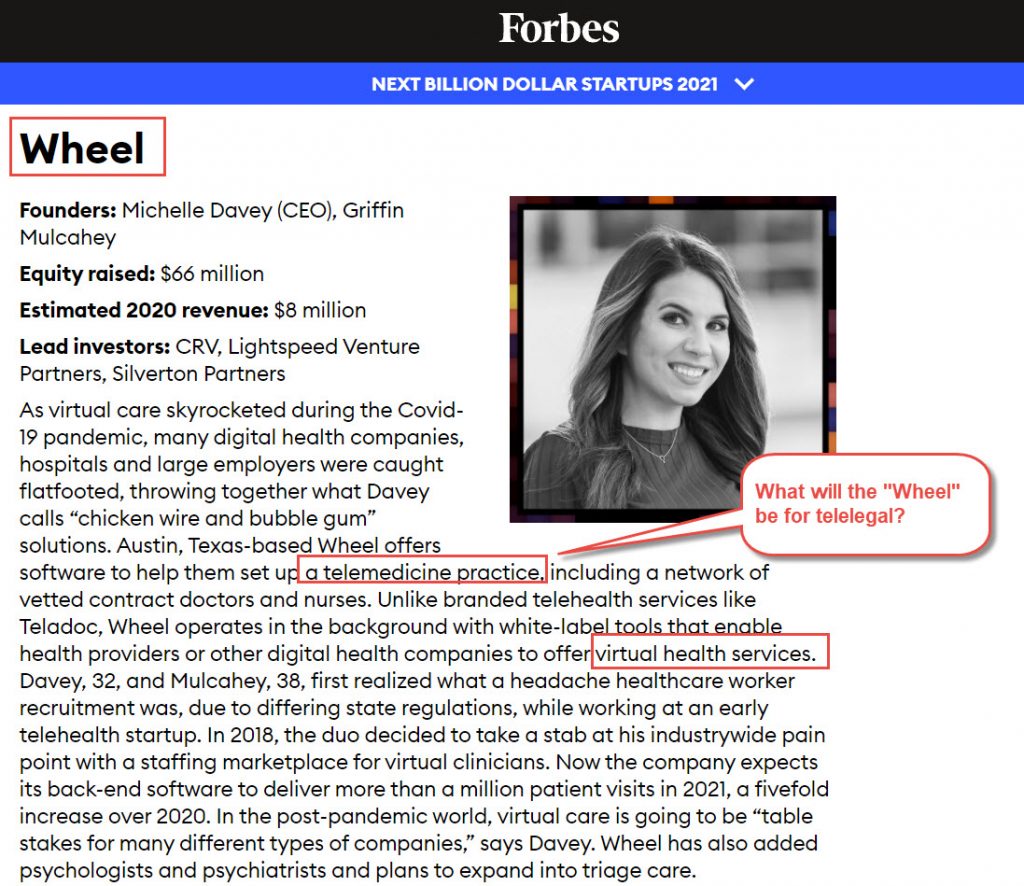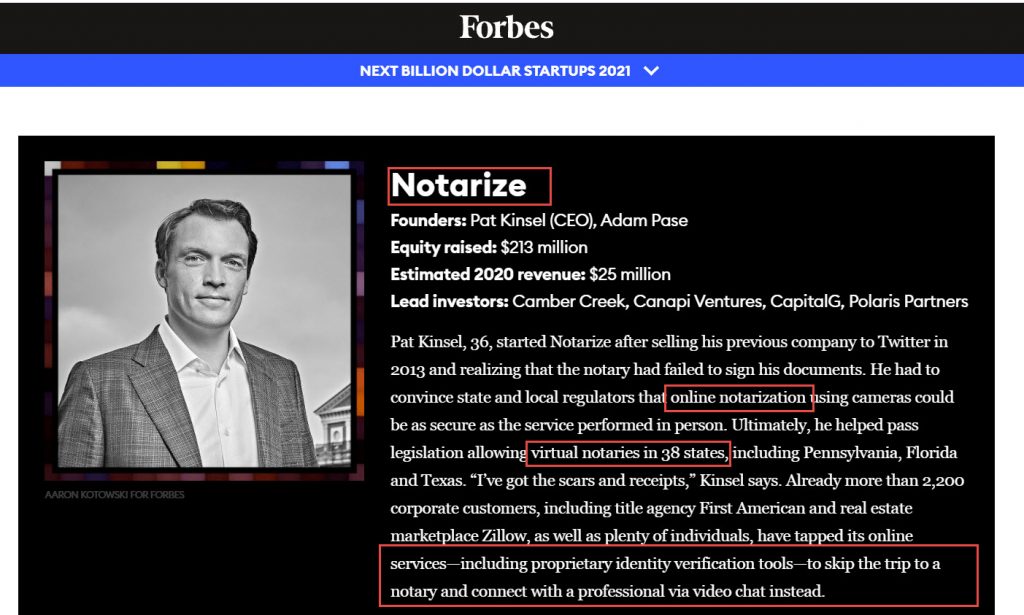***





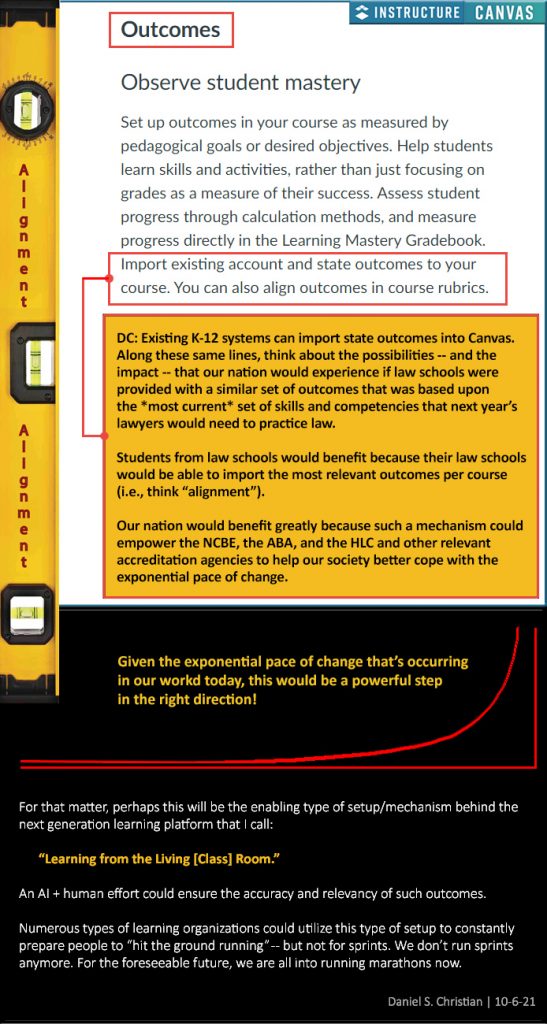
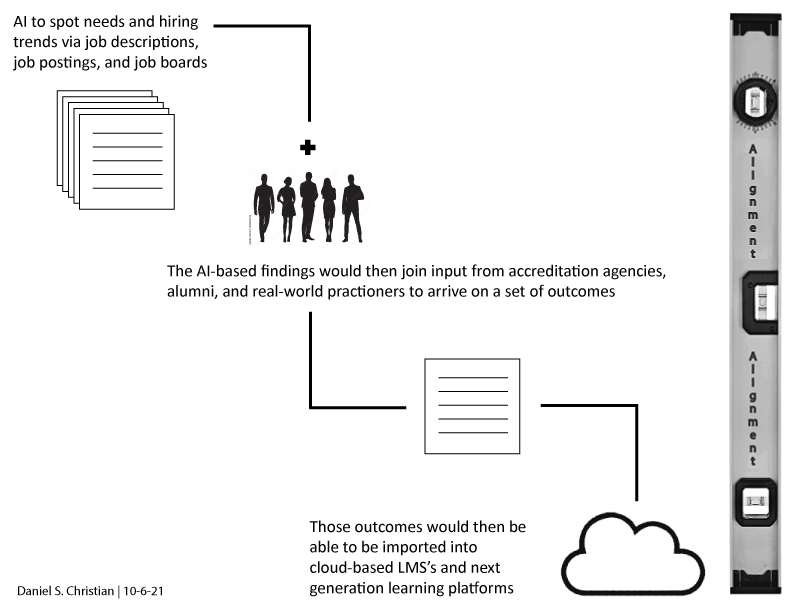
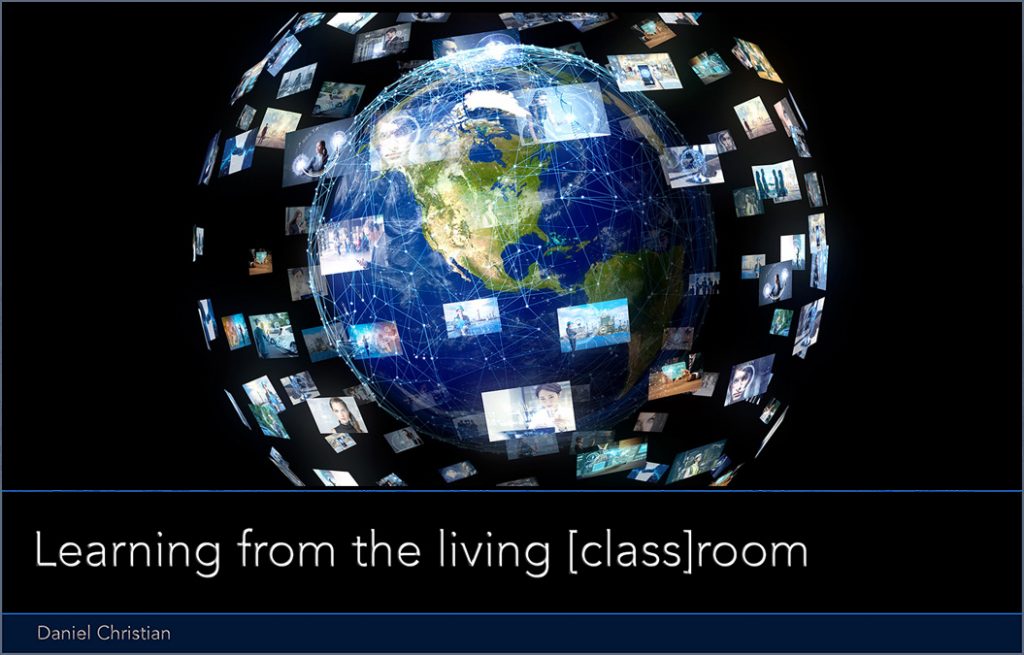
Why everybody’s hiring but nobody’s getting hired — from vox.com by Rani Molla and Emily Stewart; with thanks to Ryan Craig for this resource
America’s broken hiring system, explained.
Tim Brackney, president and COO of management consulting firm RGP, refers to the current situation as the “great mismatch.” That mismatch refers to a number of things, including desires, experience, and skills. And part of the reason is that the skills necessary for a given job are changing faster than ever, as companies more frequently adopt new software.
“Twenty years ago, if I had 10 years experience as a warehouse manager, the likelihood that my skills would be pretty relevant and it wouldn’t take me that long to get up to speed was pretty good,” Joseph Fuller, a management professor at Harvard Business School and co-author of a recent paper on the disconnect between employers and employees, said. “The shelf life of people’s skills for a lot of decent-paying jobs has been shortening.”
From DSC:
I also think those hiring don’t think people can reinvent themselves. Folks who hire someone (and/or the applicant tracking systems as play) always seem to look for an exact match. There is little vision and/or belief that someone can grow into a position, or to lead differently, or to go in a different but better direction. They reach for their cookie cutters and shove their imaginations and ability to think bigger aside.
Employers could help people by investing in their employees’ growth and development — even if it means they actively help an employee take a right turn. Such an employee could hopefully find a new fit within that organization — if they do, they would likely turn out to be fiercely loyal.
Even if it means offering an employee 1-2 courses a year that they want to learn about — NO STRINGS ATTACHED — the learning culture would get a huge boost!!! Peoples’ love/enjoyment of learning would grow. Morale would improve. People would feel valued.
Let me offer a personal example:
From DSC:
For IDs, trainers, teachers, faculty members, & teams who are working on creating and delivering online-based learning……the following article is a good one for us to check out and reflect upon:
Most Online Courses Are a Waste of Your Time — Here’s How You Know — from medium.com by Eva Keiffenheim
A quick guide that helps you find the worthy ones.
Excerpts:
Not all learning investments are created equal. People who’ve excelled at their craft are often not the best teachers. Likewise, creators who write the best sales copy don’t offer the most value.
Here’s precisely how you can spot bad online courses so that you won’t waste your time and money.
…
From DSC:
What if we could quickly submit items for a group to discuss, annotate, and respond to — using whichever media format is available/preferable for a person — like a massive 3D-based Voicethread? What if this type of discussion could be contributed to and accessed via Augmented Reality (AR) and/or via Virtual Reality (VR) types of devices?
It could be a new 3D format that a person could essentially blow all the way up into the size of a billboard. Think, “Honey, I shrunk the kids” type of stuff.
Input devices might include:
For example, a person could take a picture of a document or something else and then save that image into a new file format that would be vector-based. I say a vector-based file format so that the image could be enlarged to the size of a billboard without losing any resolution (i.e., wouldn’t become grainy; the image would remain crystal clear regardless of how big the image is). I’m thinking here along the lines of “Honey, I shrunk the kids!”
Other thoughts here:
A question for phase II:
Could this concept also be used if virtual courts take off?
Hmmmm…just thinking out loud.
Discovery Education Collaborates with AWS to Enhance Recommendation Engine — from discoveryeducation.com
Excerpt:
SILVER SPRING, MD [On Monday,?September 27, 2021] — Discovery Education—a worldwide edtech leader supporting learning wherever it takes place — announced that it has enhanced its K-12 learning platform with Amazon Web Services (AWS) machine learning capabilities. The pioneering use of machine learning within the Discovery Education platform helps educators spend less time searching for digital resources and more time teaching.
…
Several months of planning and deep collaboration with AWS enabled Discovery Education to innovatively integrate Amazon Personalize technology into the “Just For You” area of its K-12 platform. The “Just For You” row connects educators to a unique, personalized set of resources based on the grade level taught, preferences, and assets used in the past.
“For some time, educators have desired more resources to help personalize teaching and learning. ML technology is already being used to curate our entertainment experiences, help with workforce productivity, and more, and it’s exciting to see this innovation is being integrated into classrooms,” said Alec Chalmers, Director, EdTech and GovTech Markets at AWS.
From DSC:
It looks like Amazon continues to make inroads into the education space. Team up this type of recommendation engine with an AI that’s pulling the latest skills that are needed for — and embedded within — job descriptions and you have a learning powerhouse.
Disruption ahead…?
From DSC:
Also check one of the things that Scott mentioned in his talk — Behance, a network of creatives. They consistently offer livestreams — where the learner has more choice, more control over what they learn about.

Also see:
Legal Tech’s Predictions for Legal Technology Innovation in 2022 — from legalreader.com by Smith Johnes
Excerpts:
From DSC:
What are the ramifications for law schools and legal departments if these legal tech-related predictions come true?
Surviving Among the Giants — from chronicle.com by Scott Carlson
As growth has become higher ed’s mantra, some colleges seek to stay small.
Excerpts:
The pressures on the higher-education business model are changing those attitudes. The Council of Independent Colleges’ fastest-growing initiative is the Online Course Sharing Consortium, which allows small colleges to offer certain courses to students at other institutions. Currently, there are 2,200 enrollments among almost 6,000 courses on the platform.
“The higher-ed business model is broken,” says Jeffrey R. Docking, who has been president of Adrian College for 16 years. “But where it’s most broken — and the first ones that are going to walk the plank — are the small private institutions. The numbers just don’t work.” Combining some backroom functions or arranging consortial purchases is just “dabbling around the edges” — and won’t get close to driving down the cost of tuition by 30 to 40 percent over the next several years, which is what Docking believes is necessary.
From DSC:
Docking’s last (highlighted) sentence above reminds me of what I predicted back in 2008 when I was working for Calvin College. The vision I relayed in 2008 continues to come to fruition — albeit I’ve since changed the name of the vision.
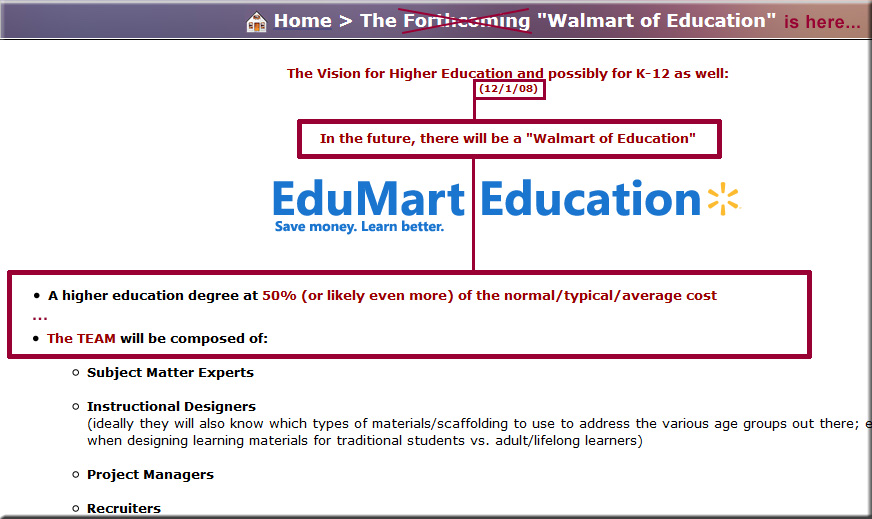
From DSC (cont’d):
I was trying to bring down the cost of higher education — which we did with Calvin Online for 4-5 years…before the administration, faculty members, and even the leadership within our IT and HR Departments let Calvin Online die on the vine. This was a costly mistake for Calvin, as they later became a university — thus requiring that they get into more online-based learning in order to address the adult learner. Had they supported getting the online-based learning plane off the runway, they could have dovetailed nicely into becoming a university. But instead, they dissed the biggest thing to happen within education in the last 500 years (since the invention of the printing press).
Which brings me to one last excerpted quote here:
“For so many years,” Docking says, “all of these really smart people in Silicon Valley, at the University of Phoenix, at for-profits were saying, We’re going to do it better” — and they came around with their “solutions” in the form of MOOCs, or massive open online courses, and other scaling plans. Small colleges didn’t want to hear it, and, Docking says, maybe it was to their peril.
How tech will change the way we work by 2030 — from techradar.com by Rob Lamb
Everyday jobs will be augmented by technology
Technologies like Artificial Intelligence (AI), Machine Learning (ML) and Blockchain will have a significant impact on work in the next decade and beyond. But if you believe the sci-fi hype or get bogged down in the technology, it can be difficult to relate them to today’s workplaces and jobs.
Excerpt:
Here are three everyday examples of their potential, expressed in terms of the business challenge they are addressing or how consumers will experience them. I don’t mean to over simplify – these are powerful tools – but I think their potential shines through best when they’re expressed in their simplest terms.
From DSC:
I have an issue with one of their examples that involves positioning AI as the savior of the hiring process:
The problem with this process isn’t just that it’s hugely time-consuming, it’s that all kinds of unconscious biases can creep in, potentially even into the job advert. These issues can be eradicated with the use of AI, which can vet ads for gendered language, sort through applicants and pick out the most suitable ones in a fraction of the time it would take an HR professional or any other human being.
AI can be biased as well — just like humans. Lamb recognizes this as well when he states that “Provided the algorithms are written correctly, AI will be key to organisations addressing issues around diversity and inclusion in the workplace.” But that’s a big IF in my mind. So far, it appears that the track record isn’t great in this area. Also, as Cathy O’Neil asserts: “Algorithms are opinions embedded in code.”
AI may not be as adept as a skilled HR professional in seeing the possibilities for someone. Can person A’s existing skillsets be leveraged in this new/other position?
From DSC:
My answer to the question “Is Accreditation a Barrier to Innovation?” would be “Yes, it is.” But admittedly, maybe that’s because I work for a law school these days…and in the legal education realm (as controlled by the American Bar Association), there is YET to be a fully 100% online-based Juris Doctor (JD) degree that I’m aware of. There are some schools that have applied for “variances,” but we’re talking 20+ years after institutions of higher education introduced online-based learning! Those programs who have applied for variances are under an incredible amount of scrutiny by the American Bar Association, that’s for sure. So the legal realm is NOT doing well with innovation.
But in regards to other areas of higher ed and its accrediting bodies…I’m sorry, but you can’t tell me that the run-up in the price of higher education over the last several decades had nothing to do with HE’s accrediting bodies and either their support of — or their lack of support of — those organizations who were trying to introduce something new.
But along these lines, I’d like to hear from folks like:
We’ll see if institutions of traditional higher education can reinvent themselves in order to stay relevant and survive (especially colleges and universities…not so much the community colleges). The accreditation bodies will have a large part in whether this happens…or not.
Along these lines…let’s see what happens to the growth of alternatives to those types of institutions as well.
Defining the skills citizens will need in the future world of work — from McKinsey & Company; with thanks to Ryan Craig for this resource
Excerpts:
Our findings help define the particular skills citizens are likely to require in the future world of work and suggest how proficiency in them can influence work-related outcomes, namely employment, income, and job satisfaction. This, in turn, suggests three actions governments may wish to take.
Establish an AI aggregator of training programs to attract adult learners and encourage lifelong learning. AI algorithms could guide users on whether they need to upskill or reskill for a new profession and shortlist relevant training programs.
From DSC:
No one will have all 56 skills that McKinsey recommends here. So (HR) managers, please don’t load up your job postings with every single skill listed here. The search for purple unicorns can get tiring, old, and discouraging for those who are looking for work.
That said, much of what McKinsey’s research/data shows — and what their recommendations are — resonates with me. And that’s why I keep adding to the developments out at:
A powerful, global, next-generation learning platform — meant to help people reinvent themselves quickly, safely, cost-effectively, conveniently, & consistently!!!
Active Learning: 5 Tips for Implementing the Approach — from techlearning.com by Erik Ofgang
Active learning provides ways to get your students engaged without needing to revamp how you teach.
Excerpts:
However, neither listening to a lecture or reading a textbook is the most efficient way to learn or what active learning is truly about. “What exactly do we mean by active learning?” Deslauriers says. “We mean that first, you have to be engaged. Obviously, that’s number one. Number two, you have to be engaged productively. And number three, the productivity has to be toward a goal that is deemed worthwhile*.”
— Louis Deslauriers, Director of Science Teaching and Learning
in the Faculty of Arts and Sciences at Harvard University
From DSC:
I appreciated seeing/reading this solid article. Just a couple of reflections and highlights here…
* But worthwhile for whom? For the faculty members? The teachers? The trainers? Or for the learners, the students, or the employees? Where is agency here? Where does more choice and control come into play here? Where’s the motivation for me to learn something if someone keeps telling me what’s important to THEM? What’s relevant to THEM? Why should I care about this topic? How is it relevant? How will it help me get a job and/or make a positive difference in this world? Can I choose how deep I want to dive in?
Later…Deslauriers goes on to make a great point when urging a pause for students to practice some metacognition:
“There’s no way you can undergo these mental processes when someone keeps talking,” Deslauriers says. But if educators pause during their lectures and encourage this type of focus, they can help their students learn more efficiently.
Instructors can hand out electronic clickers, use web-based tools such as Google forms, or even go completely low-tech by giving color-coded cards to students that correspond to different answers.
Also see:
5 Ways Higher Ed Will Be Upended — from chronicle.com by Arthur Levine and Scott Van Pelt
Colleges will lose power, prices will go down, and credentials will multiply — among other jarring shifts.
Excerpt:
The dominance of degrees and “just in case” education will diminish; nondegree certifications and “just in time” education will increase in status and value.
…
In contrast, “just in time” education teaches students the skills and knowledge they need right now. They may need to learn a foreign language for an coming trip or business deal. They may need to learn an emerging technology. “Just in time” education comes in all shapes and sizes, but diverges from traditional academic time standards, uniform course lengths, and common credit measures. Only a small portion of such programs award degrees; most grant certificates, microcredentials, or badges.
From DSC:
Long-time readers of this blog and my old blog at Calvin (then College) will see no surprises here:

